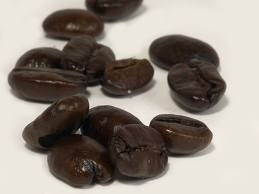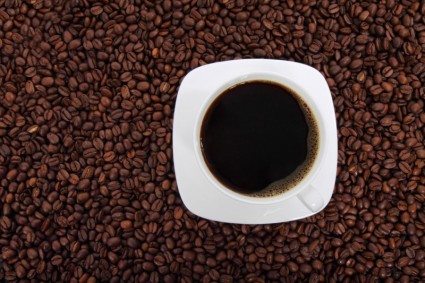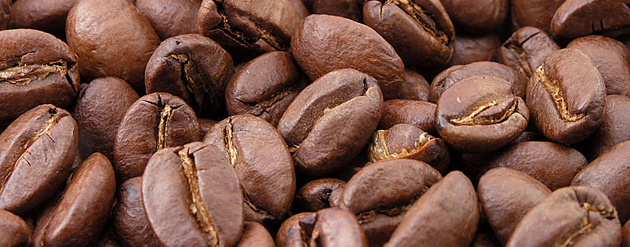 You may be asking yourself, why is NATIONAL COFFEE DAY a Green Team post? Here’s why: coffee production has a huge impact on the environment. The four biggest areas of environmental concern are biodiversity and conservation of forest ecosystems, agricultural chemical use, water pollution from processing, and soil quality. Traditionally, coffee is grown in the shade of a forest canopy where it provides shelter for wildlife, prevents erosion, and does not require chemical fertilizers. Sadly, most of the coffee produced and consumed today is grown on plantations in the full sun where they require the addition of chemical fertilizers. In order to create these monoculture plantations, millions of acres of forest have to be cleared away. For more detailed information, please see articles posted at the end of this post.
You may be asking yourself, why is NATIONAL COFFEE DAY a Green Team post? Here’s why: coffee production has a huge impact on the environment. The four biggest areas of environmental concern are biodiversity and conservation of forest ecosystems, agricultural chemical use, water pollution from processing, and soil quality. Traditionally, coffee is grown in the shade of a forest canopy where it provides shelter for wildlife, prevents erosion, and does not require chemical fertilizers. Sadly, most of the coffee produced and consumed today is grown on plantations in the full sun where they require the addition of chemical fertilizers. In order to create these monoculture plantations, millions of acres of forest have to be cleared away. For more detailed information, please see articles posted at the end of this post.
 The simplest action you can take to green your coffee is to choose green coffee! Although coffee beans are actually green prior to roasting, here we are referring to sustainably- and ethically-grown coffee. Next time you are grocery shopping, take a minute to read the labels and ask questions. If you are more of a coffee shop consumer, ask if they have (or have considered purchasing) alternatives to commercially-grown coffee. There are many brands available that are shade-grown, organic, and fair trade certified. These coffees do tend to be a little more expensive than your standard cup o’ joe, but looking at the big picture, it’s definitely worth it. By choosing sustainable coffee over commercial coffee, you are sending a powerful message as a consumer. And don’t forget to use your reusable mug!
The simplest action you can take to green your coffee is to choose green coffee! Although coffee beans are actually green prior to roasting, here we are referring to sustainably- and ethically-grown coffee. Next time you are grocery shopping, take a minute to read the labels and ask questions. If you are more of a coffee shop consumer, ask if they have (or have considered purchasing) alternatives to commercially-grown coffee. There are many brands available that are shade-grown, organic, and fair trade certified. These coffees do tend to be a little more expensive than your standard cup o’ joe, but looking at the big picture, it’s definitely worth it. By choosing sustainable coffee over commercial coffee, you are sending a powerful message as a consumer. And don’t forget to use your reusable mug!
Helpful Articles:
Coffee, Conservation, and Commerce in the Western Hemisphere, Natural Resources Defense Council.
How Green Is Your Coffee, The Guardian.
Taste Test: Green Beans, Sierra Club.
Environmental Impact of Agriculture, Human Geography: People and the Environment

